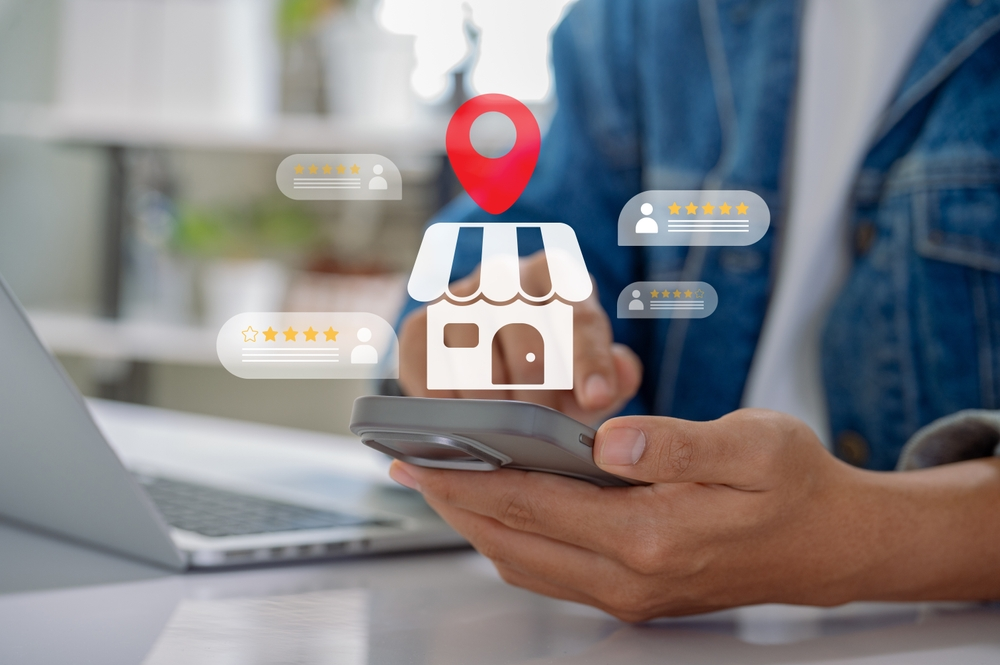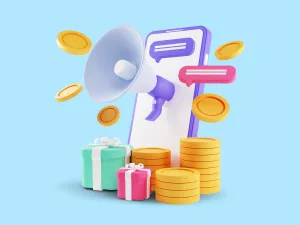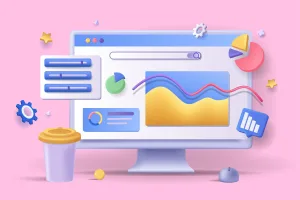In marketing, engagement is king. It’s no longer enough to reach a large audience: what counts is to attract a qualified audience, genuinely interested in your brand and ready to interact with it on a regular basis. A like, a comment, a share, a purchase… Each interaction strengthens the brand-consumer bond and impacts campaign performance.
But how to maximize this engagement and turn it into a lasting conversion lever? By interacting with your audience through games! In marketing, this is known as gamification.
Brands that integrate gamification mechanisms capture attention, stimulate participation and build audience loyalty. Let’s decioher what engagement is, why it’s essential to your ROI and how gamification can effectively boost it.
Definition of engagement in digital marketing
Engagement in marketing refers to the interactions a consumer has with a brand through different channels (whether digital or physical). The stronger this engagement is (in terms of the depth of interaction and their recurrence), the stronger the relationship between the company and its audience… which increases the chances of conversion and loyalty.
The different forms of consumer interaction
Engagement isn’t limited to a like or a comment on social networks. It can take many forms, depending on platforms and objectives:
- On social networks: likes, shares, comments, reactions, video viewing, participation in surveys or competitions.
- On a website or application: session duration, number of pages viewed, bounce rate, interactions with interactive features (chatbots, quizzes, product personalization).
- In emailing: open rate, click rate, email response, unsubscribe.
- In e-commerce: add to cart, checkout, loyalty program registration, customer reviews.
Key engagement indicators
To measure the effectiveness of your engagement strategy, there are several KPIs (performance indicators) to keep a close eye on:
- Interaction rate: the proportion of users who interaction with brand content (likes, comments, shares) in relation to the total number of views or subscribers.
- Time spent on a page or site is a good indicator of visitor interest in shared content.
- The conversion rate measures how many engagements result in a concrete action (purchse, registration, download).
- Retention rate evaluates user loyalty by obersving whether they return to interact with the brand after an initial interaction.
The 4 pillars of marketing applied to engagement
Marketing is based on the 4Ps: Product, Price, Place and Promotion. These pillars influence consumer engagement. By optimizing these aspects, companies can create a strong relationship with their audience and encourage lastings interactions.
1. Product: offer an engaging and differentiating experience
A quality product, i.e. one that meets consumers’ expectations, is the primary driver of engagement. The more innovative useful or customizable a product is, the more it encourages interaction and loyalty.
Link to marketing commitment :
- Encourage reviews and recommendations with products that generate enthusiasm.
- Offer immersive experiences (augmentes reality, virtual tests, interactive product games).
- Rely on co-creation by involving customers in the development of new products (voting, design contests, feedback).
For example, Nike lets consumers personalize their sneakers with the Nike By You feature.
2. Price: a lever for branding and commitment
Price is not just a question of cost, it also plays a part in consumers’ perception of value and commitment. Good price positioning can reinforce loyalty and encourage more regular, rewarding interactions.
Link to marketing commitment :
- Offer loyalty programs and gamified rewards (points, badges, challenges).
- Offer interactive promotions, via mechanisms such as <a href="https://www.socialshaker.com/blog/2024/09/27/8-idees-de-jeux-dinstants-gagnants-pour-capter-de-nouveaux-prospects/
“>Instant Win for example. - Encourage word-of-mouth with sponsorship and exclusive offers for brand ambassadors.
Example: Sephora engages its customers with its Beauty Insider Program, a personalized points and ewards system that encourages them to interact with the band on a regular basis.
3. Place: reach your audience at the right time, in the right place
The distribution channel directly influences the customer experience and its level of engagement. A brand needs to be accessible and offer a seamless experience, whether in-store, on mobile or on social networks.
Link to marketing engagement :
- Develop an omnichannel experience by enabling customers to move from one channel to another without friction.
- Integrate interactive in-store experiences (interactive kiosks, QR codes to access exclusive content).
- Exploit gamification in e-commerce, such as contests directly integrated into the browsing experience on the online store or app.
Example: Leroy Merlin uses omnichannel technology to facilitate in-store product discovery via its mobile application. Thanks to a scanning system, customers can access more detailed product sheets and personalized advice.
4. Promotion; creating interactive and engaging campaigns
Promoting a product or service shouldn’t be a simple advertising message, but an engaging experience that prompts action.
Link to marketing engagement :
- Use contests, quizzes and interactive experiences to capture attention.
- Leverage user-generated content (UGC) to present products more authentically
- Encourage participative marketing by giving consumers a voice through surveys and voting.
Example: The media company DNA succeeded in boosting readership engagement with its Christmas <a href="https://www.socialshaker.com/en/project/photo-contest/
“>photo contest. The campaign not only animated its community, but also collected authentic holidya-themed photos.
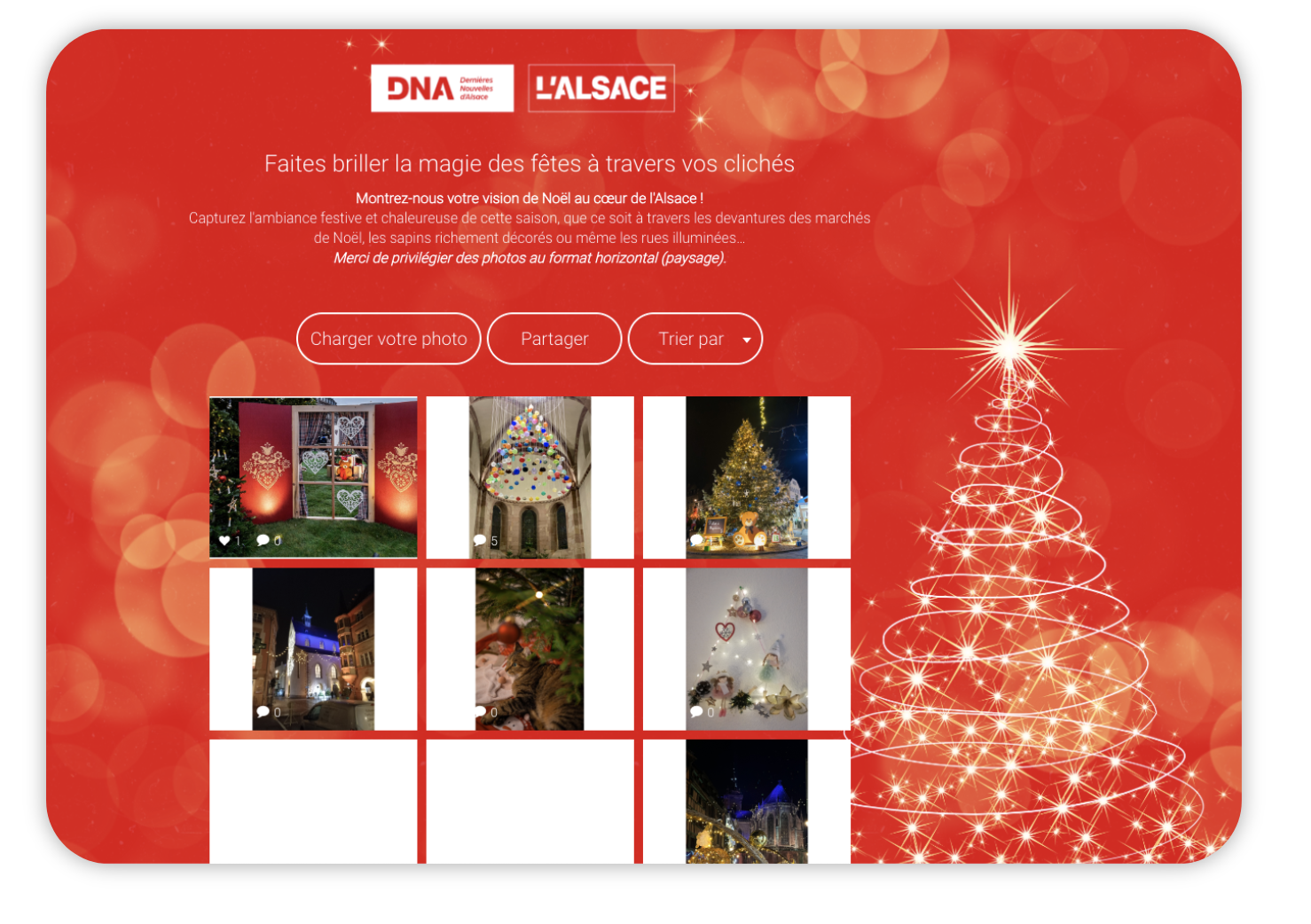
Competitions and marketing engagement: how does gamification strengthen the brand-consumer bond?
Gamification in general, and competitions in particular, are one of the most effective levers for engaging an audience. By incorporating fun, interactive mechanics, brands can capture the attention of their target audience,stimulate participation and create a lasting bond with consumers.
1. Gamification, a natural engagement driver
Gamification is based on powerful psychological principles: the appeal of competition, instant gratification and the pleasure of playign. A well-designed competition game transforms a simple interaction into an engaging and memorable experience. What’s more, the interactive experience holds attention longer than traditional content.
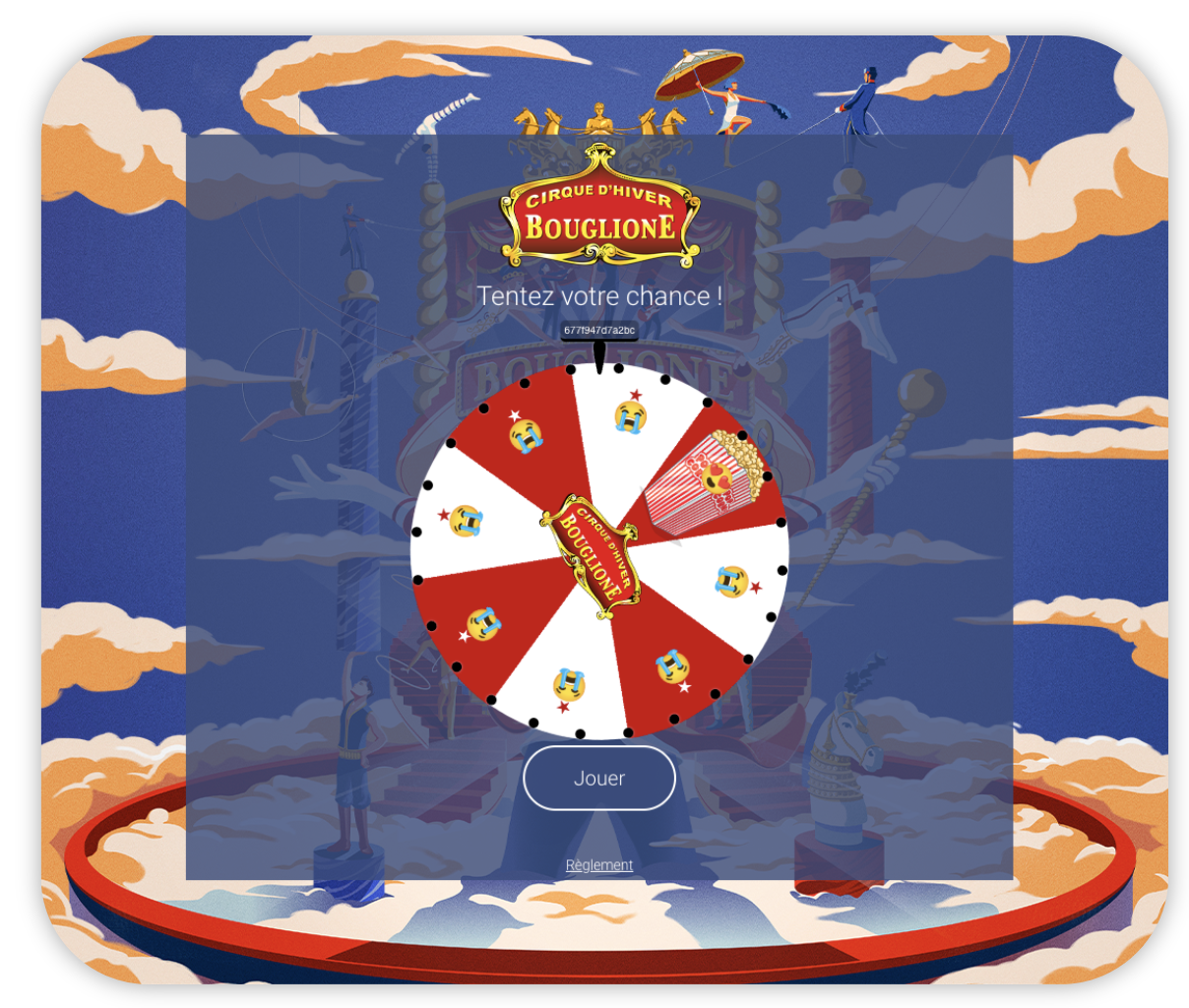
2. Interactive mechanisms to maximize participation
Competitions come in a variety of forms, adapted to the brand’s objectives and consumers’ expectations (which differ depending on the business sector). From instant wins to quizzes, photo or video contests, brands have a wide choice of formats at their disposal to recruit leads, collect data or boost their conversion rate.
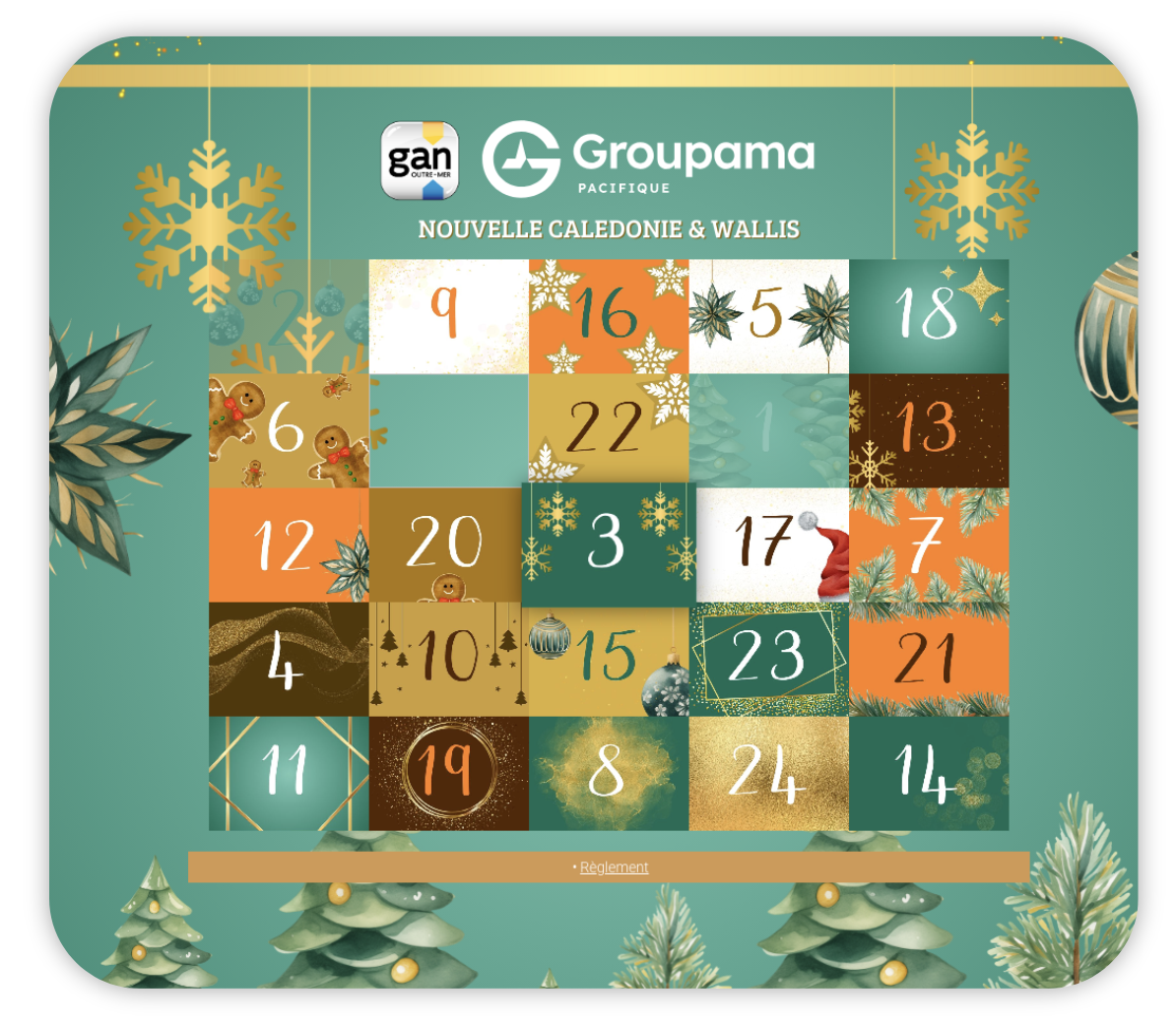
3. A powerful lever for strengthening brand-consumer relations
Competitions are more than just fun: they help build a lasting connection between the brand and its audience. They are also effective levers to :
- enrich a CRM database with valuable information on audience behavior and preferences ;
- build customer loyalty by encouraging recurrent interactions (via a loyalty program or strategic campaigns throughout the year). What’s more, a participant who has had a positive experience with the brand will be moe inclined to interact with it again.
McDonald’s uses gamification campaigns such as McDo Monopoly to encourage consumers to return to the restaurant.
Gamification is a powerful engagement ool, both in the short and long term. it attracts, involves and converts consumers into true brand ambassadors. By combining fun mechanics and attractive prizes, companies can not only boost interactions, but also make them more memorable. Discover and customize our game mechanics to optimize your engagement strategy!

